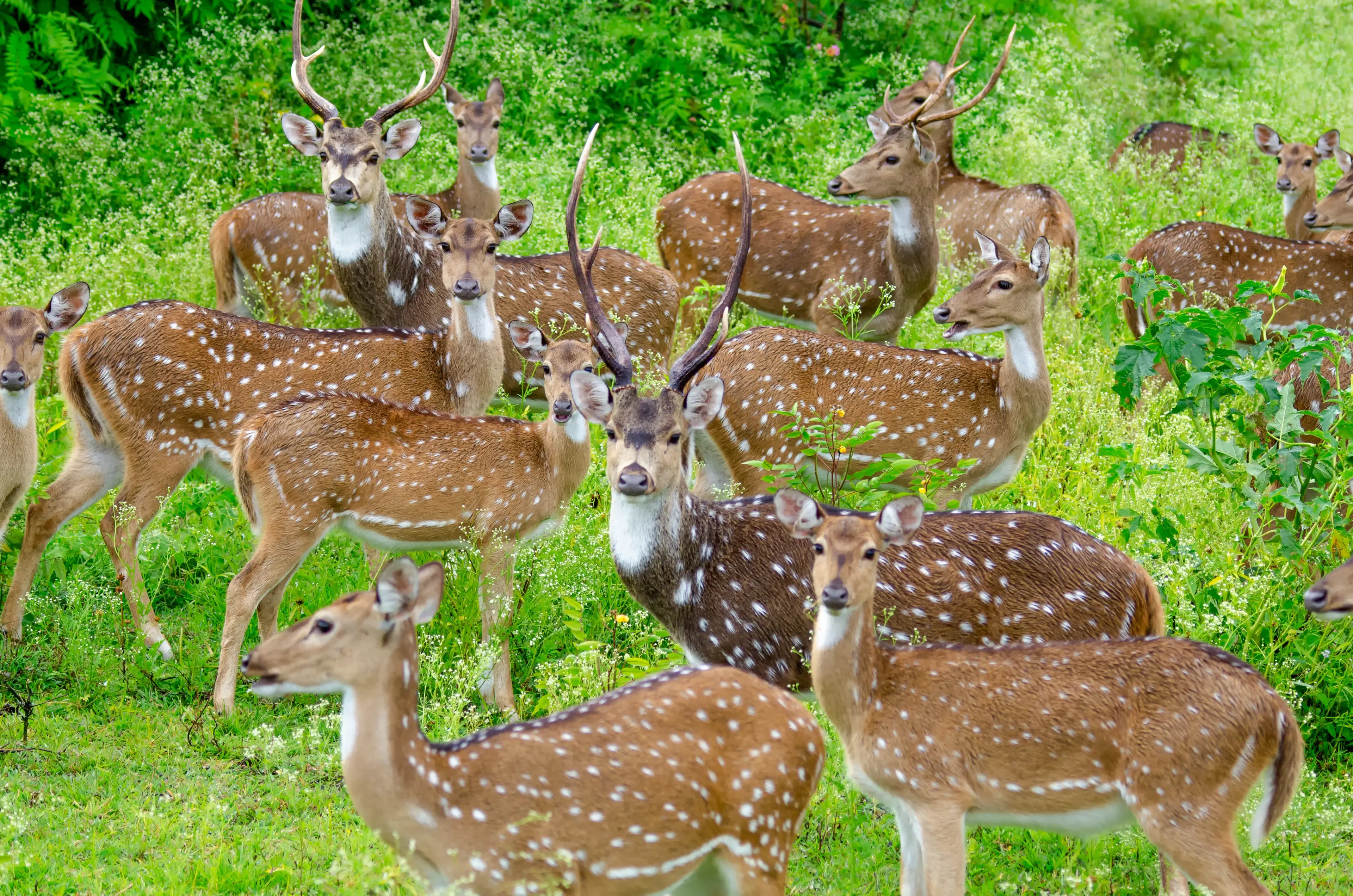
Hotels
•04 min read

India is home to a vibrant tapestry of life. Its national parks are a true jewel for nature enthusiasts. The biggest national park in India, Hemis National Park, stands as a gateway to wonder, mystery, and adventure. Its vast expanse and rich biodiversity welcome travelers to witness nature at its purest form. In this blog, we share a checklist that guides your journey to Hemis National Park. With tips on wildlife tourism, accommodations, gear, and cultural treasures, you can prepare for an unforgettable adventure.
Hemis National Park is located in the high terrain of Ladakh. Covering an impressive 4,400 square kilometers, this vast reserve is home to spectacular landscapes and rare wildlife. The park is famous for hosting Asia’s largest snow leopard habitat. Among its residents are Tibetan wolves, bharals (blue sheep), and many bird species. Its unique ecosystem makes Hemis one of the popular national parks in India.
The park holds cultural and historical significance. As a biodiversity hotspot, it is a must-visit destination for wildlife tourism in India. The blend of pristine nature and age-old traditions makes the park a top nature reserve in India. With every step, visitors feel connected to both the land and the people who have cherished it for centuries.
A successful trip starts with the right gear. This checklist ensures you have all the items needed for the journey ahead.
Pack weather-appropriate clothing, as temperatures can vary. Sturdy shoes are a must for trekking and wildlife exploration. A waterproof jacket and warm layers will prove essential in the high-altitude climate.
Enhance your experience with compact and practical gear. What to pack:
Binoculars to catch distant wildlife
A good camera to capture nature's splendor
Detailed maps to navigate the terrain
Eco-friendly essentials that support sustainable travel
Safety should always be a priority. Pack a basic first aid kit, portable chargers for your devices, and reliable emergency contact tools. These items ensure you stay safe while enjoying the wild.
Choosing the right place to stay can transform your experience. In areas close to Indian national parks, several options are available to suit every traveler.

There are cozy lodges and budget-friendly guesthouses that provide comfort without breaking the bank. These accommodations give you a chance to rest and recharge after a day of adventures.
For those seeking a touch of elegance, luxury hotels deliver premium comfort. Many eco-lodges and safari lodges in India offer personalized services. Thoughtful design and sustainable practices let you indulge without compromising on ethics.
Many of these options are found near the park. Being close means less travel time and more moments to embrace the wilderness. Transport options include local taxis and guided tours. This accessibility makes planning a hassle-free experience.
The heart of your adventure lies in exploring the park’s diverse offerings. Hemis spreads a multitude of experiences that are sure to fascinate every traveler.
A guided safari or a trek in Hemis is an immersive way to witness the wild. Choose routes that lead you through striking terrains and hidden gems. This area stands out as a prime destination for wildlife vacations in India. For seasoned explorers, these safaris double as an Indian national parks travel guide that unravels nature’s secrets.
The park is best known as the largest wildlife sanctuary in India for its elusive snow leopards. As you traverse the paths, keep an eye for Tibetan wolves, bharals, and other native species. Every sighting adds to the thrill and deepens the connection with nature’s marvels.
Beyond the natural beauty, Hemis offers cultural treasures. Nearby ancient monasteries and age-old local traditions provide insight into a rich heritage. Immersing yourself in these practices adds a unique layer to your wildlife vacation in India.
Expert Tip: Did You Know? Hemis National Park is not just home to snow leopards—it also boasts a rich cultural heritage with ancient monasteries and traditional Ladakhi villages. Exploring responsibly ensures this delicate balance of nature and culture is preserved.
Visiting a natural treasure comes with the duty to protect it for future generations. Keep these responsible practices in mind as you prepare for your excursion.

Choose sustainable travel methods that respect the environment. Reduce plastic use and carry reusable items for daily needs. These small actions contribute greatly to preserving the area’s natural beauty.
Remember to maintain a respectful distance from animals. Avoid disturbing them in their natural habitat. Likewise, honor the local traditions and communities by acting with courtesy and respect. This ethical approach is key to thriving wildlife tourism in India.
Hemis National Park in Ladakh is the largest national park in India, covering 4,400 square kilometers.
Visitors may see snow leopards, Tibetan wolves, bharals, and a variety of bird species in Hemis.
The ideal time is from May to September when weather conditions support trekking and wildlife spotting.
While options within the park are few, nearby areas like Leh provide boutique hotels and eco-friendly lodges.
The park is accessible via Leh. Visitors usually fly into Kushok Bakula Rimpochee Airport and then hire taxis or join guided tours.
In conclusion, Hemis National Park remains a beacon of natural beauty and cultural heritage. As the biggest national park in India, it offers a deep encounter with nature and a pocketful of ancient traditions. A well-planned trip, equipped with the right gear and a mindful approach to travel, can make your journey both safe and enriching. By following this simple checklist—from selecting suitable clothing and travel essentials to choosing the right accommodation and respecting the local environment—you ensure a rewarding adventure. Embrace the energy of Hemis and cherish the legacy of the wild as you explore this exceptional destination.